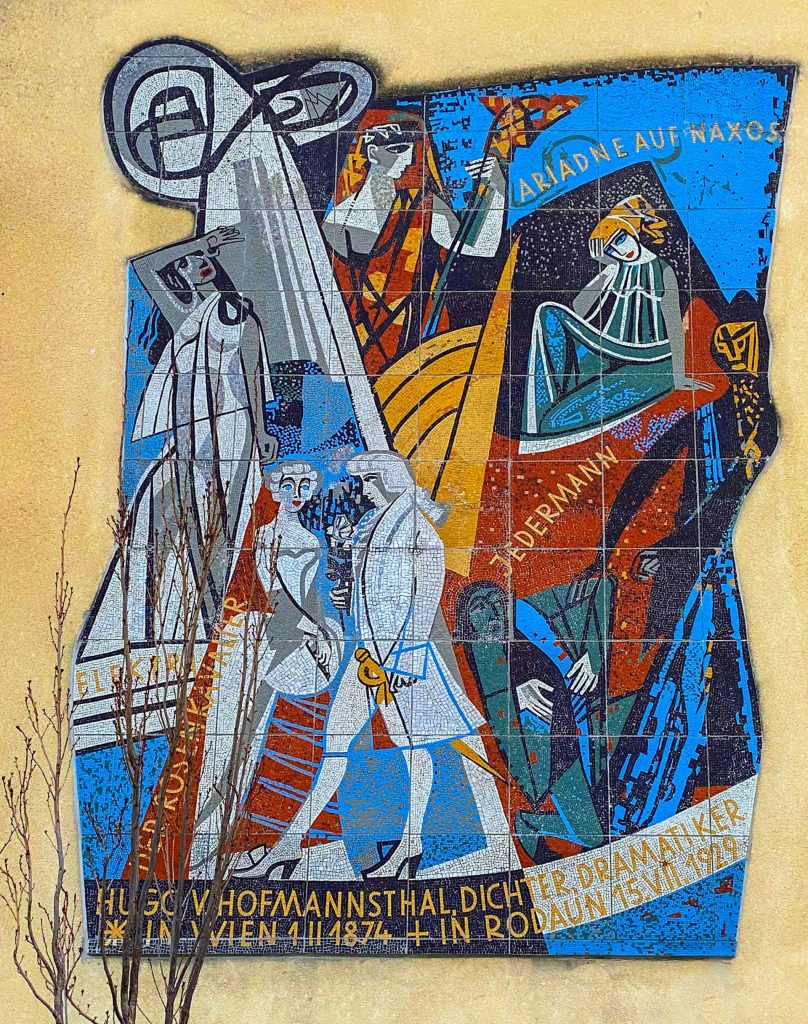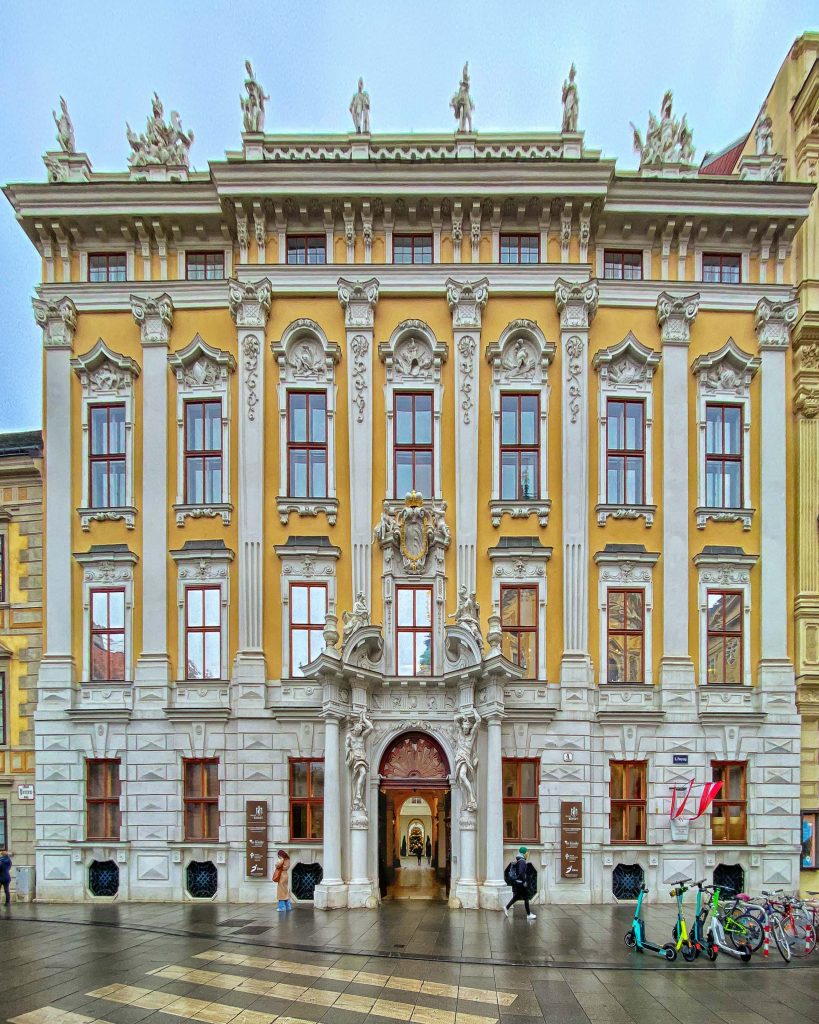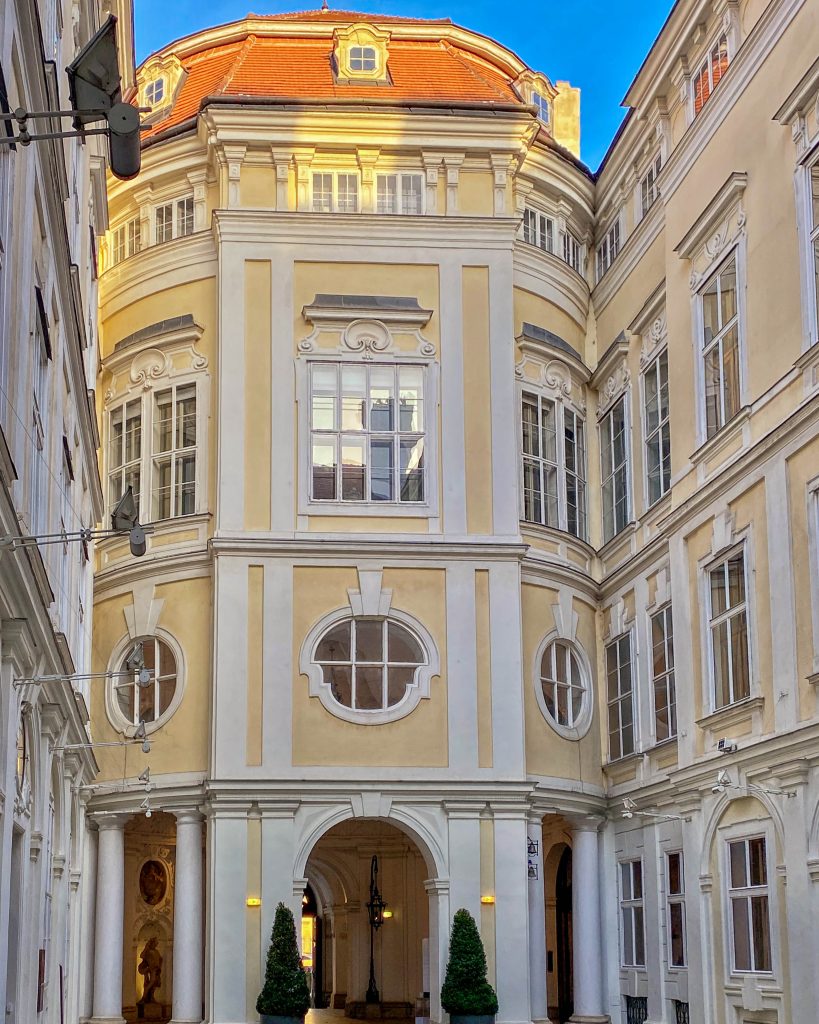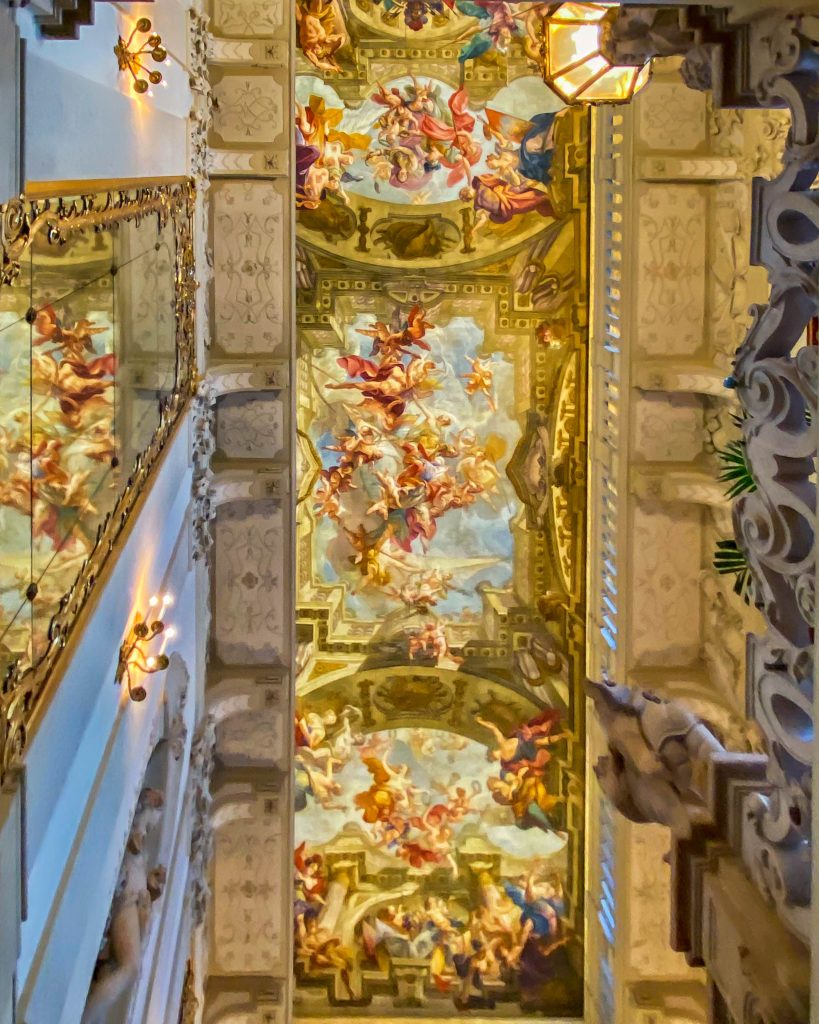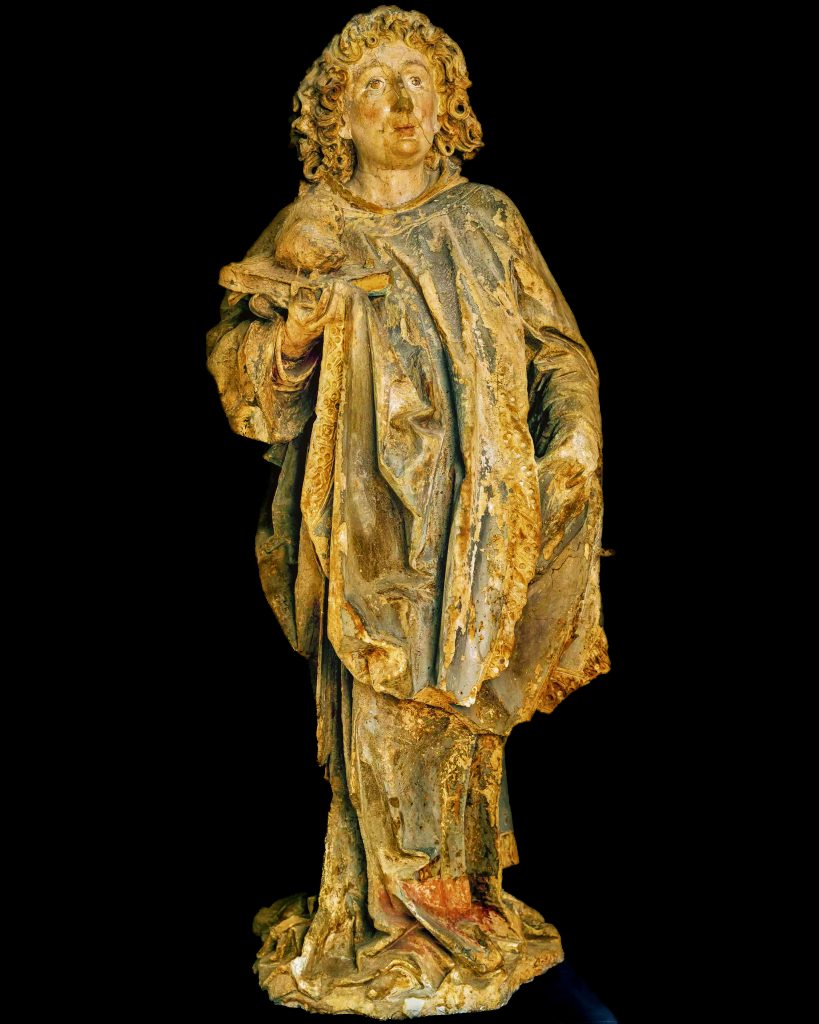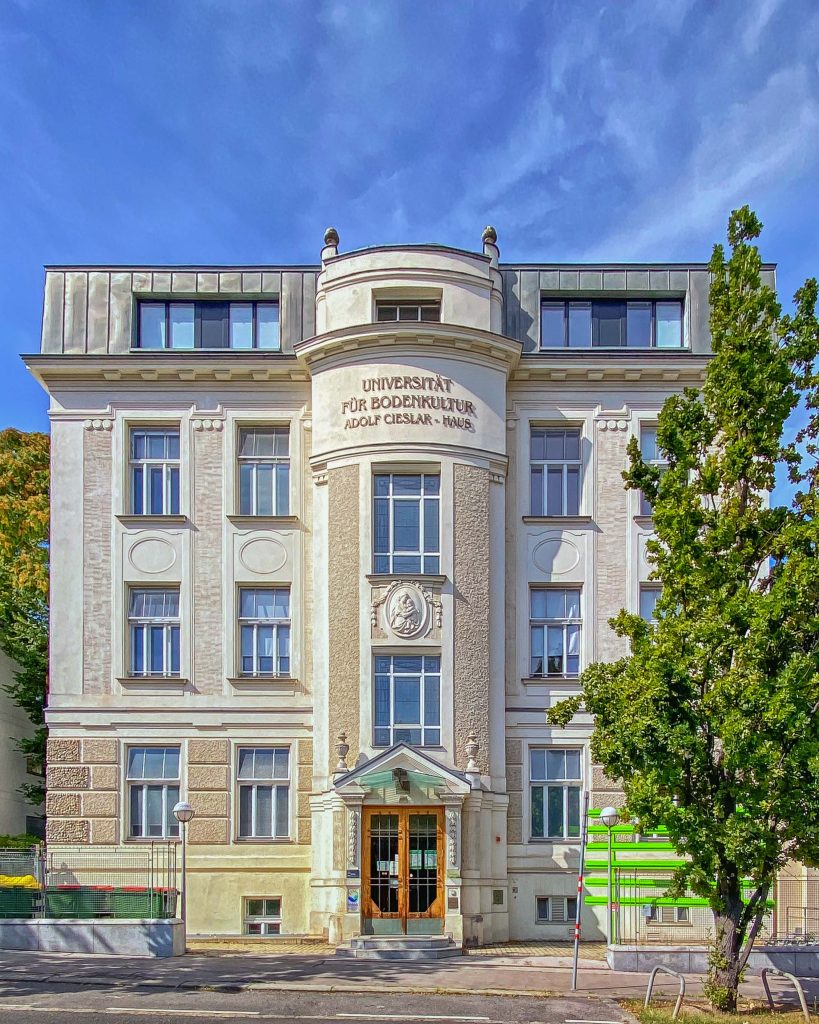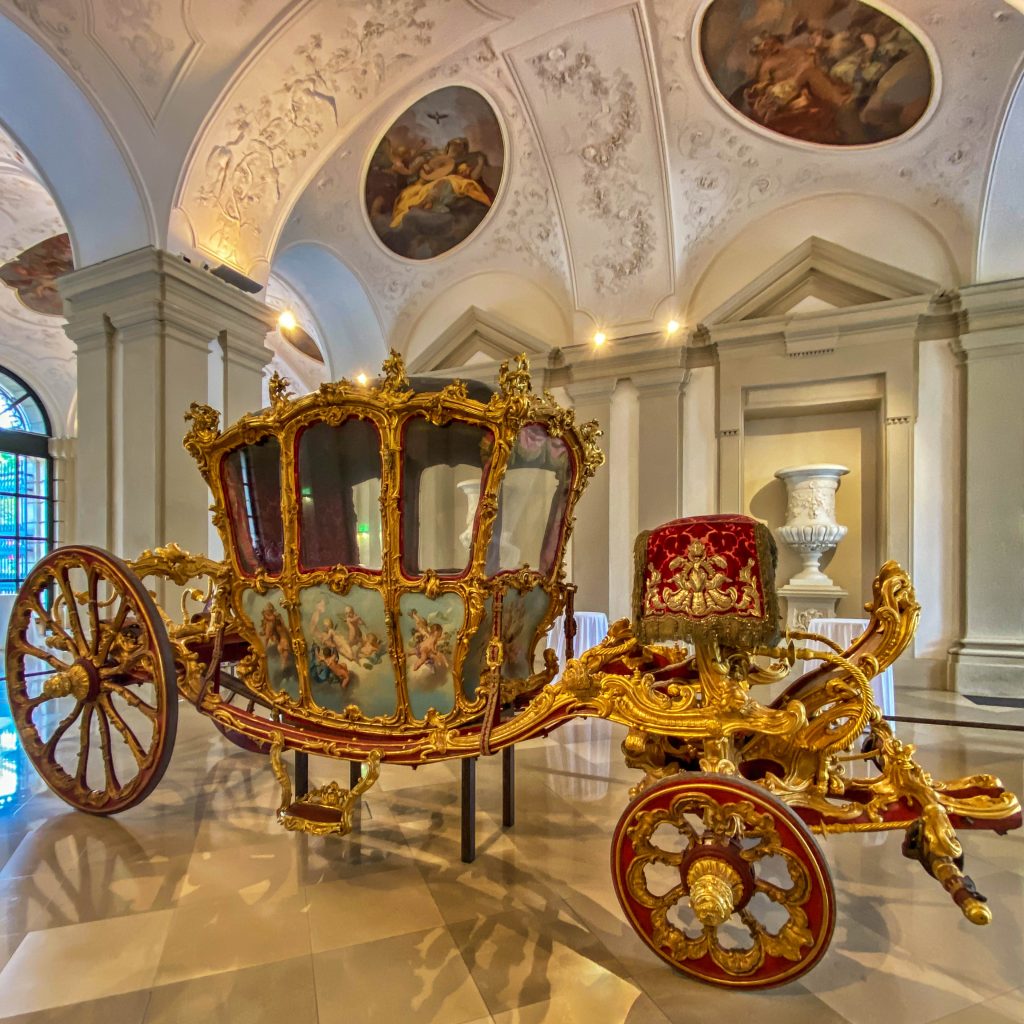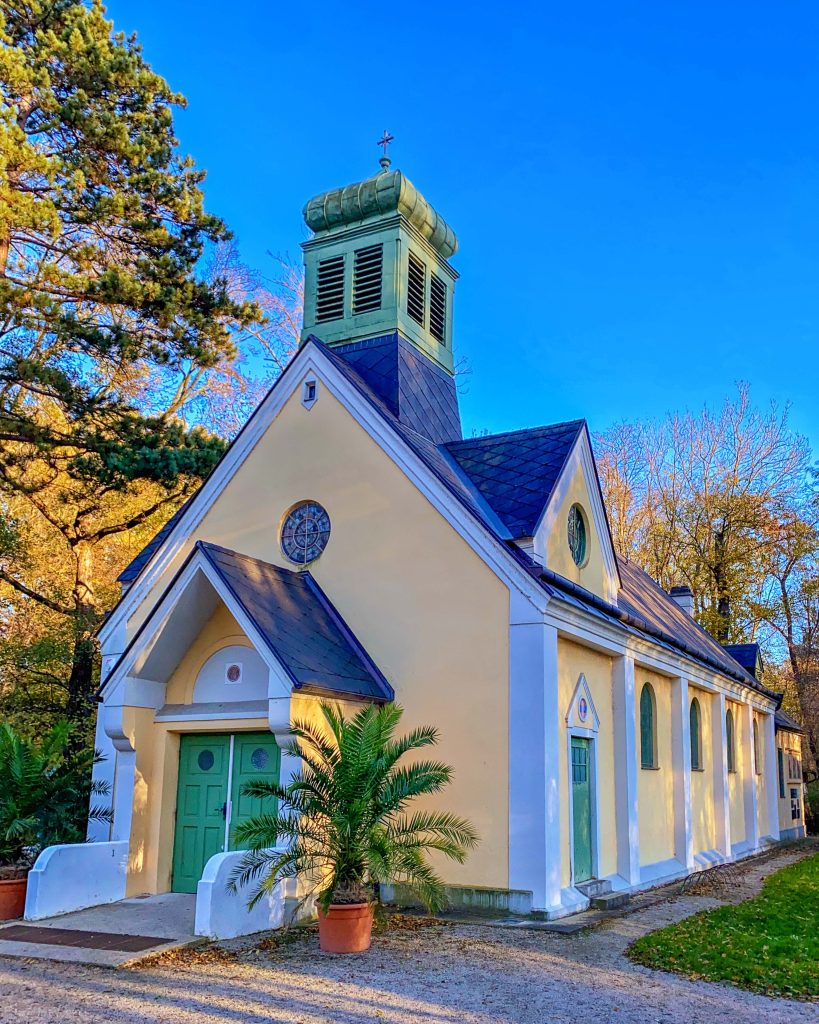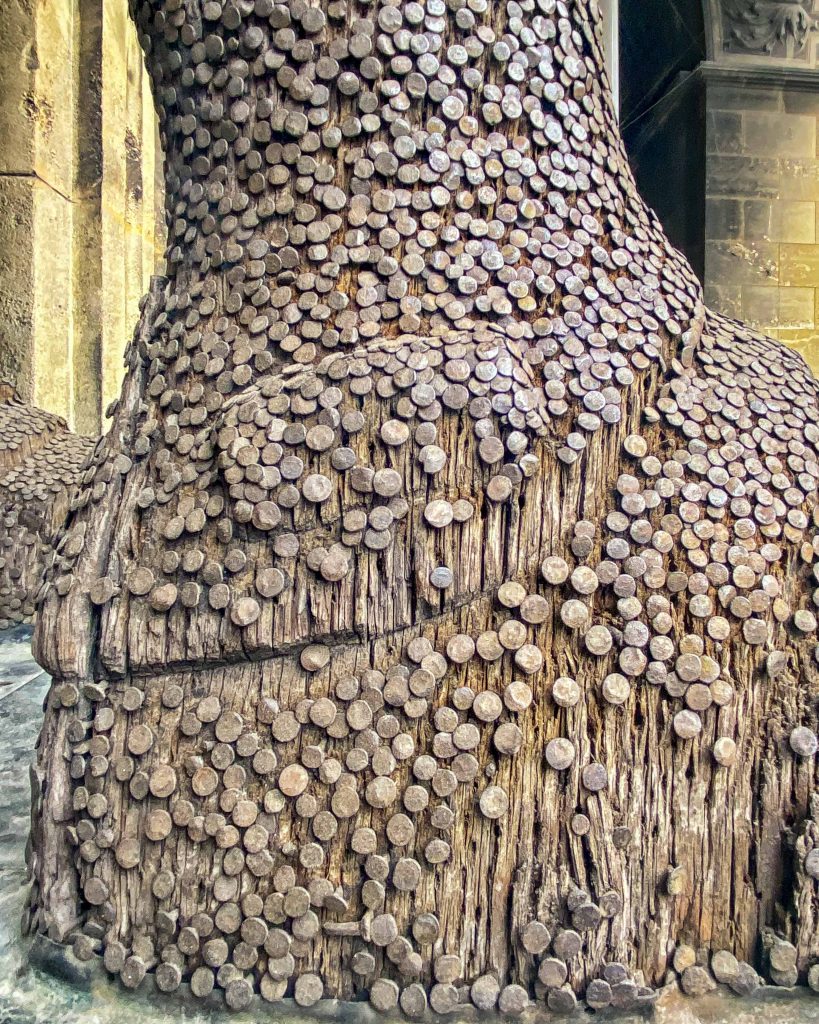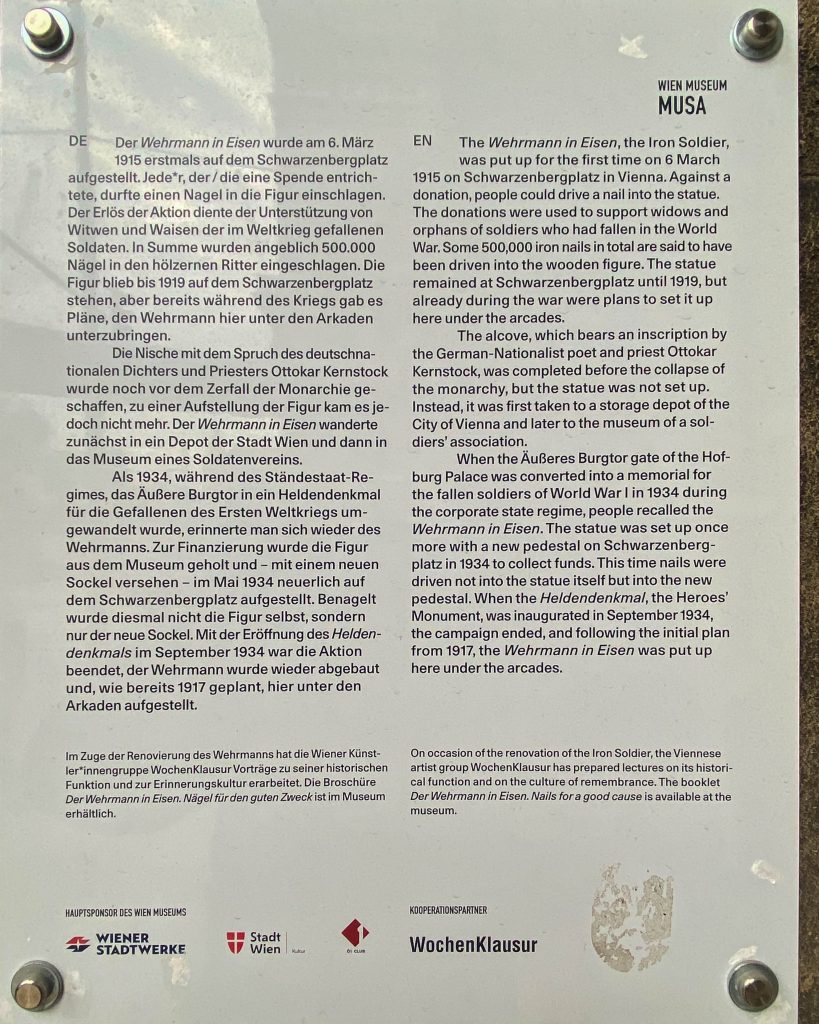Nestroyhof
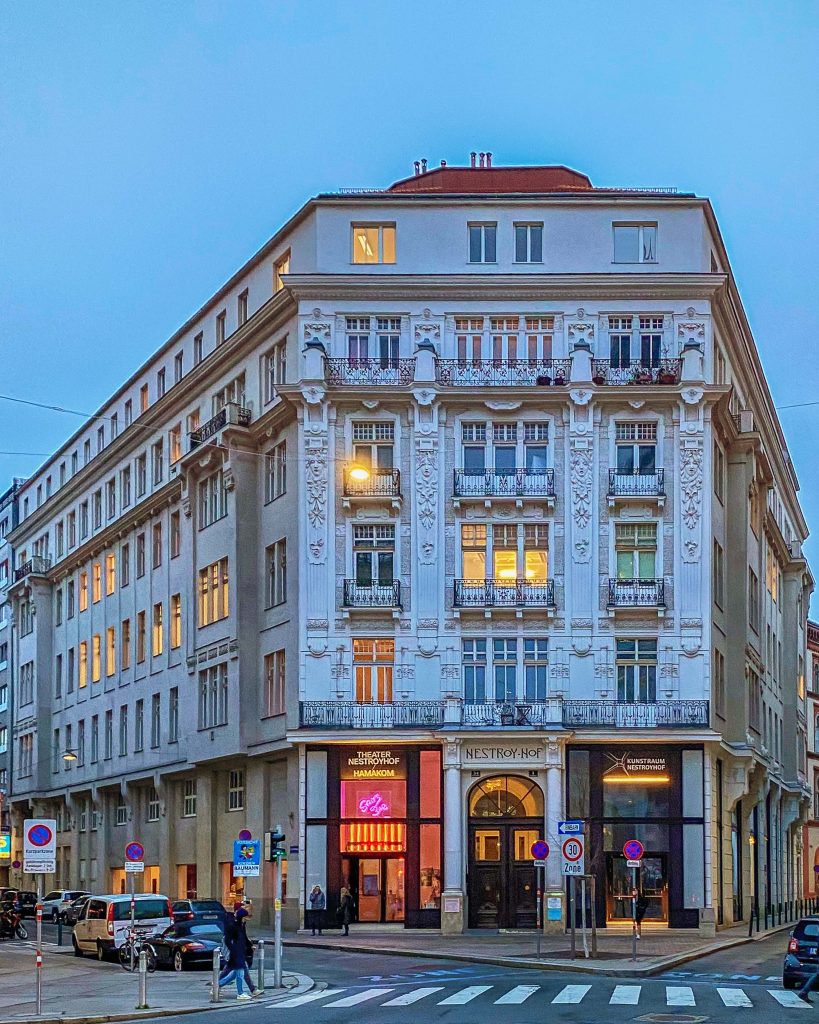
The Nestroyhof of 1898 in the 2nd district according to plans by Oskar Marmorek in the Art Nouveau style was built as a multifunctional building (highly modern in today’s sense) for stores, theaters, film screenings, offices and apartments for his father-in-law Julius Schwarz and served, also because of its location, as a meeting place for Jewish culture in Vienna.
As a companion of Theodor Herzl and an avowed Zionist, Marmorek became known as an exhibition architect and also designed the famous (and later destroyed) „Venice in Vienna“ entertainment district in the Prater. A few years later he also built his most famous building today, the Rüdigerhof on the Rechte Wienzeile. To this day, a number of apartment buildings, villas and also the high-beam fountain on Schwarzenbergplatz, which he redesigned and illuminated, are reminders of the architect.
Despite a not uncontroversial restitution in the 1950s and due to private and municipal initiatives, cultural institutions, especially the „Theater Nestroyhof Hamakom“, exist again today on the ground floor and remind of the Nestroy halls formerly located there with top-class cultural programs until the interwar period.
